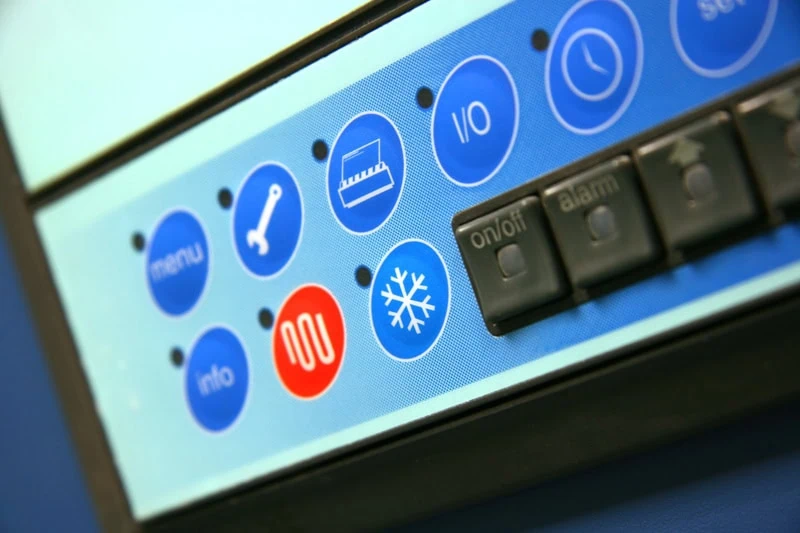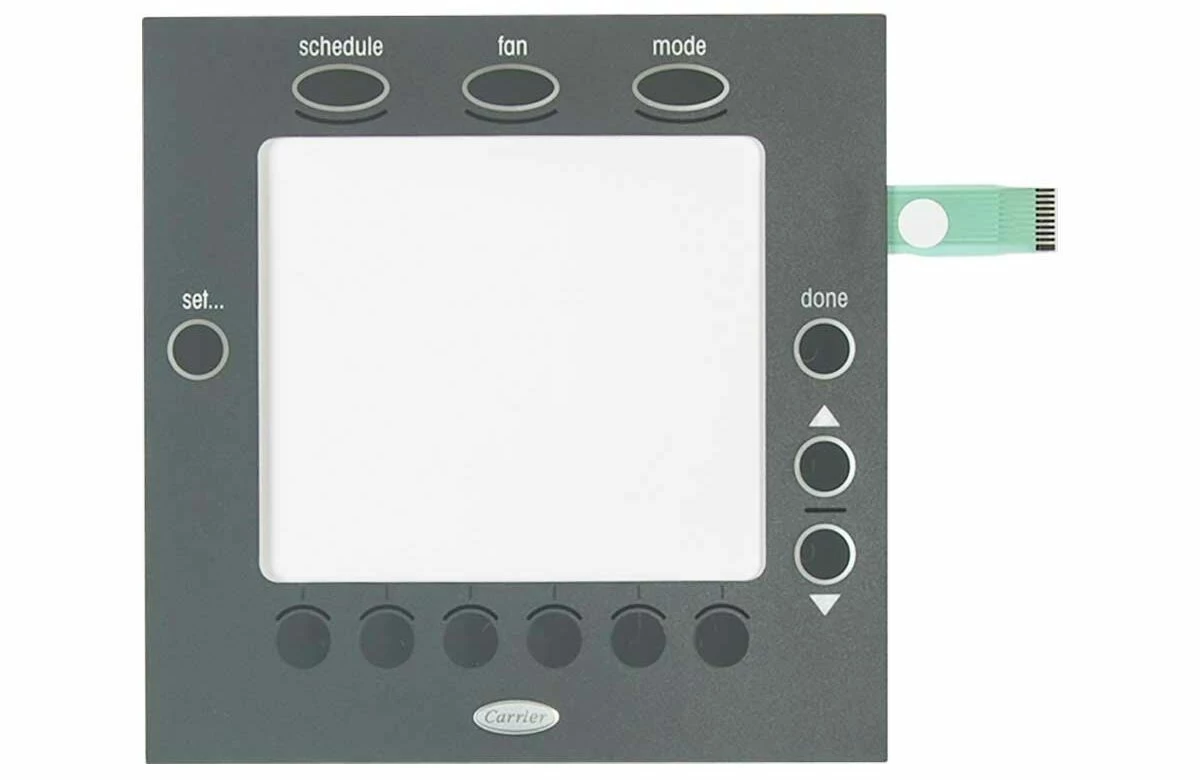Learn more about the Environmental Benefits of Using Membrane Switches in Electronics
Learn more about the Environmental Benefits of Using Membrane Switches in Electronics
Blog Article
The Ultimate Source on Membrane Changes: Style, Functionality, and Applications
Membrane changes serve as an intriguing intersection of layout and capability, playing an essential role in modern-day user interfaces across various sectors. As we check out the varied applications of membrane switches, it becomes noticeable that their versatility and sturdiness are essential in settings ranging from medical care to customer electronic devices.

Recognizing Membrane Buttons
Membrane buttons are a kind of individual interface technology commonly made use of in various electronic tools, defined by their slim, flexible style and capability. These switches contain numerous layers that consist of graphic overlays, adhesive layers, and wiring, making it possible for a effective and compact user interface for users. They can be discovered in appliances, clinical tools, and commercial control board, giving a reliable method for user interaction.
One of the main benefits of membrane switches is their capacity to stand up to pollutants such as dirt and dampness, making them suitable for environments where toughness is essential. Their inconspicuous layout enables seamless combination into different applications, while the personalized visuals overlays enhance user experience by offering clear visual responses. In addition, membrane layer switches can suit a variety of technologies, such as tactile feedback and backlighting, additional improving their usability.
The production process for membrane layer switches usually entails screen printing, die-cutting, and lamination techniques, guaranteeing accuracy and consistency in production. Overall, membrane switches stand for a reliable and flexible service for modern-day digital gadgets, incorporating functionality with aesthetic allure in user interface layout.
Trick Components and Design Aspects
A selection of crucial parts and design aspects come with each other to produce an efficient membrane switch. At the core, the graphic overlay serves both useful and aesthetic purposes, using an user-friendly interface while safeguarding inner elements from ecological aspects. The selection of materials, generally polyester or polycarbonate, affects sturdiness and tactile comments.
Underneath the overlay, the adhesive layer makes certain the button adheres securely to the substratum, which can be glass, plastic, or metal. The spacer layer is critical, as it keeps the required void in between the overlay and the circuit layers, enabling effective actuation. Membrane Switches. Circuit traces, usually made from conductive ink or adhesive, are printed on a flexible substratum, making it possible for electric signals to be transmitted when stress is used
Style factors to consider likewise consist of the plan of tactile domes or embossing that supply physical comments to the user, enhancing the overall experience. Furthermore, the layout and spacing of the switches have to be maximized for convenience of usage, making certain that customers can browse the interface without effort. Overall, these elements and layout elements function synergistically to develop a trusted, functional membrane switch tailored to specific applications.
Performance and Procedure Device
At the heart of effective functionality for membrane switches lies their functional system, which promotes user interaction via an easy yet reliable design. These buttons operate on the principle of pressure activation, where an individual applies force to an assigned location of the button (Membrane Switches). This activity presses the layers of the switch, completing an electric circuit that sends a signal to the connected tool
The building and construction commonly consists of a top visuals layer, a sticky spacer layer, and a lower circuit layer, which collectively develop a robust user interface. When pressure is applied, the leading layer collapses versus the lower circuit layer, permitting conductive traces to link. This style not just enables clear responsive comments however additionally ensures sturdiness and dependability, as the switches are typically resistant to dust and wetness.
In addition, the flexibility of membrane changes permits integration with various technologies, consisting of LED indications and microcontrollers, enhancing their functionality. By providing a structured user interface that decreases mechanical wear, membrane layer changes remain a popular choice in applications ranging from customer electronics to industrial devices, ensuring ideal performance and customer satisfaction throughout diverse atmospheres.
Kinds of Membrane Switches

An additional considerable classification is brightened membrane buttons, which include backlighting to enhance exposure in low-light problems. These buttons are often utilized in control panels and dashboards where clear exposure is vital.
In addition, there are custom membrane changes developed to meet particular dimensional, visual, and useful requirements. These modifications can include one-of-a-kind forms, shades, and designs, permitting smooth combination into different gadgets.

Applications Across Different Industries
Exactly how do membrane layer buttons boost performance throughout varied sectors? These functional components are important to various applications, providing structured user interfaces and durable performance. In the clinical market, membrane buttons play an essential duty in gadgets such as diagnostic tools this content and person tracking systems, where reliability and ease of cleaning are critical. Their capacity to stand up to extreme settings makes them excellent for lab tools and surgical devices.
In the auto market, membrane switches are generally utilized in dashboards and control panels, providing intuitive controls that boost motorist safety and security and benefit. The customer electronics field likewise takes advantage of their adjustable and light-weight attributes, allowing smooth styles for smartphones and home appliances.
Moreover, membrane switches locate applications in commercial automation, where they add to effective equipment procedure and surveillance systems. Their resistance to dust and wetness guarantees functionality sought after conditions (Membrane Switches). In addition, the food and beverage market utilizes membrane buttons for equipment control, where health and sturdiness are crucial
Final Thought
In conclusion, membrane changes stand for a critical innovation in individual interface modern technology, defined by their unique layout and functionality. The versatility of membrane layer switches over promotes their application throughout diverse industries, from medical tools to customer electronics.
Membrane layer switches serve as a fascinating junction of layout and capability, playing an essential function in contemporary customer navigate to this site interfaces across various sectors.Membrane buttons are a kind of customer interface modern technology extensively made use of in numerous digital gadgets, characterized by their slim, flexible layout and performance.At the heart of reliable performance for membrane layer switches lies their functional mechanism, which helps with customer communication with a basic yet efficient style. These buttons run on the principle of stress activation, where an individual uses pressure to an assigned location of the switch.In conclusion, membrane layer changes stand for a vital technology in customer interface modern technology, characterized by their distinct style and capability.
Report this page